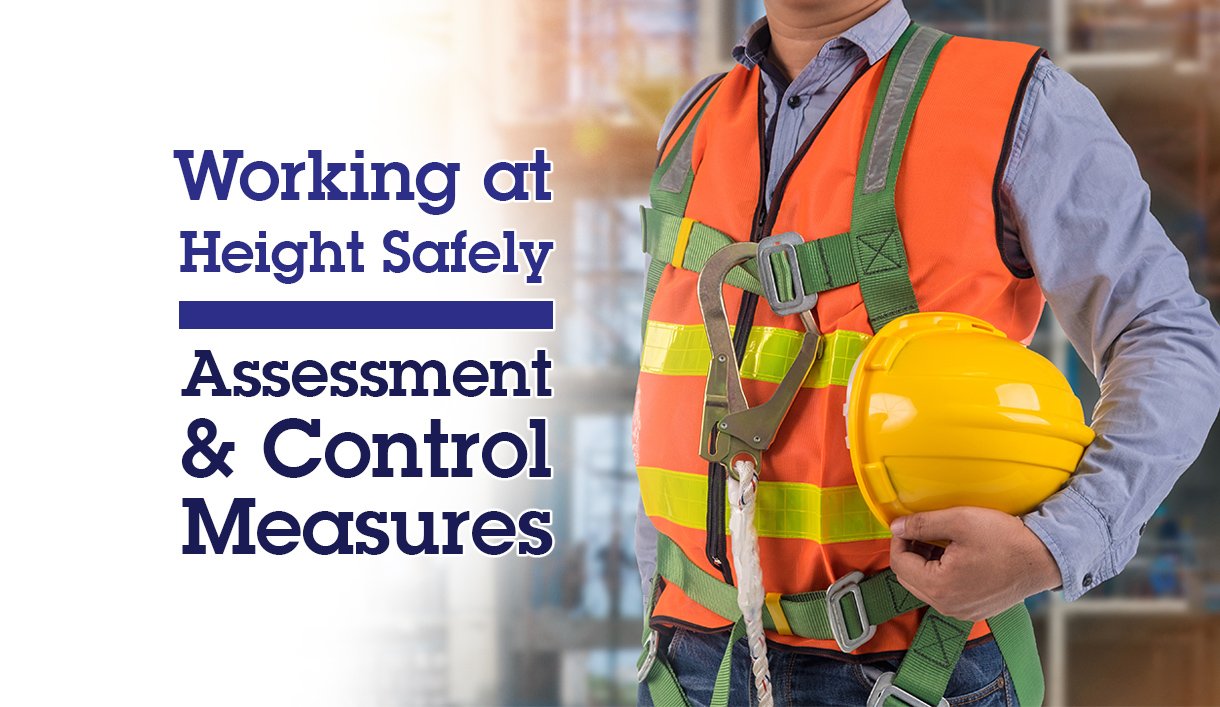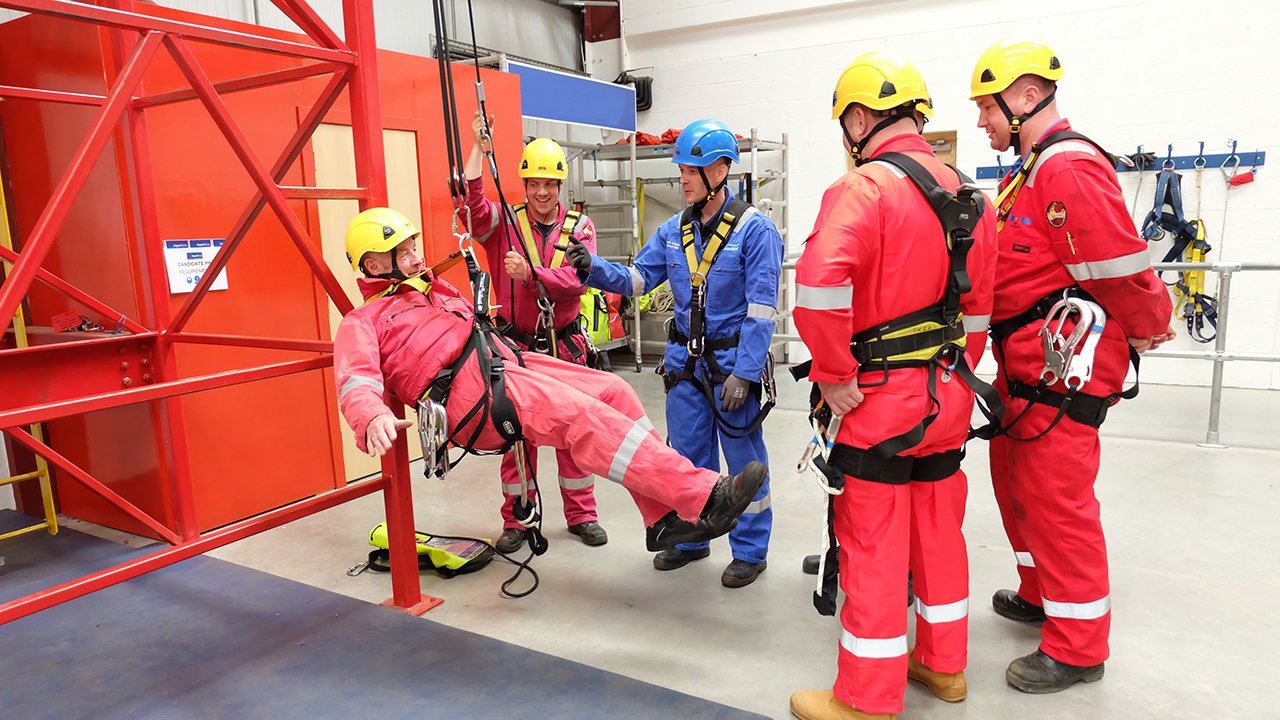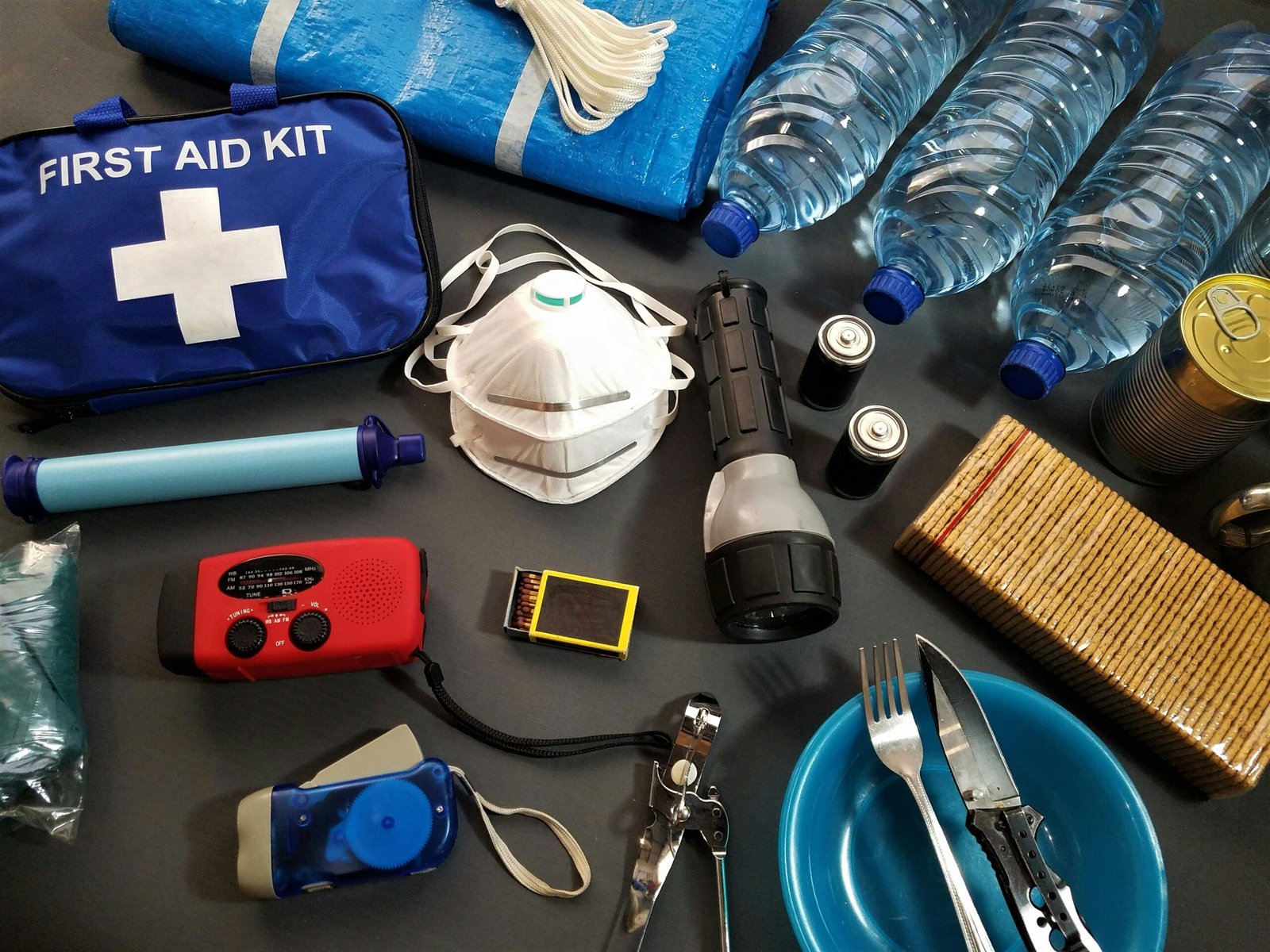SERVICES
Manual Handling
CR SafetyTraining help employers and employees attain the manual handling skills they need to comply with legislation. Manual handling training is an ideal course for any person involved in the movement of loads.
Individuals whose work puts them at risk of developing musculoskeletal disorders will greatly benefit from the teachings throughout our courses. Our practical manual handling training courses can be delivered on-site for clients or a suitable nearby venue.
Our courses are designed to provide individuals with the necessary skills and knowledge to minimise the risk of injury while moving loads. Participants will also be made aware of the consequences of lifting incorrectly. On completion of training, participants will receive a CRSafetyTraining certificate of attendance which is valid for three years. Certificates will certify a participant’s successful completion of written and practical assessments.

Abrasive Wheels
CR SafetyTraining offer general abrasive wheels training courses for individuals looking to educate themselves on how to mount and operate abrasive wheels such as angle grinders, bench grinders and con-saws.
Such equipment presents a significant risk to the operator and others. Our courses are designed to provide individuals with the ability to operate relevant equipment safely and in compliance with statutory requirements.
The general abrasive wheels training course provides individuals on the correct usage methods as well as the hazards arising from their use and the necessary precautions to be observed.
On completion of training, participants will receive a certificate of attendance which is valid for three years.

Working at Heights
CRSafetyTraining provide working at heights training to ensure individuals who are required to work at heights understand how to protect themselves and others when at work.
Participants who work in construction and scaffolding are legally obliged to undertake a working at heights training course in order to fully understand working at heights regulations in Ireland.
This course will provide participants with the practical skills and knowledge to carry out a working at heights risk assessment and to work safely in a variety of different settings.
On completion of training, participants will receive a CRSafetyTraining certificate of attendance which is valid for three years. Certificates will certify a participant’s successful completion of practical and theory assessments.

Chemical Safety
CRSafetyTraining provide health and safety courses to enable participants to develop the knowledge and skills they need to increase their health and safety competency and awareness.
Under the Safety, Health and Welfare at Work Act, 2005, employers have a legal responsibility to ensure employees are safe in their respective workplaces.
The focus of our course is to help employers identify and implement suitable control measures that mitigate the risk of injury or illness to employees.
On completion of our courses, participants will receive a CRSafetyTraining certificate of attendance which is valid for three years. Certificates will certify a participant’s successful completion of theoretical assessments.
Course Objectives include; Be aware of the legislation surrounding the safe use of chemicals. Identify the symbols & labels associated with chemicals. Identify the most appropriate Personal Protective Equipment.

HEALTH AND SAFETY COURSES
CRSafetyTraining provide health and safety courses to enable participants to develop the knowledge and skills they need to increase their health and safety competency and awareness.
Under the Safety, Health and Welfare at Work Act, 2005, employers have a legal responsibility to ensure employees are safe in their respective workplaces.
The focus of our course is to help employers identify and implement suitable control measures that mitigate the risk of injury or illness to employees.
On completion of our courses, participants will receive a CRSafetyTraining certificate of attendance which is valid for three years. Certificates will certify a participant’s successful completion of theoretical assessments.
Course Objectives
- The role of health and safety authority
- Legislation
- Duties of managers and supervisors
- Responsibilities of Staff
- Accident recording and reporting
- Consequences on non-compliance
- Hazard identification
- Preventative strategies
- Risk assessments
- Good Health and Safety practices

DSE/VDU Assessments
DSE course materials cover the following Learning Outcomes:
- Introduce the meaning of Display Screen Equipment.
- Identify the H&S legal requirements that apply to DSE.
- Outline the common hazards and risks from the use of DSE.
- Outline environmental hazards that can increase the risks from using DSE.
- Explain how to set up a common workstation.
- Explain how to set up a remote workstation.

Dry Ice
Dry Ice course materials cover the following Learning Outcomes:
- Understand what Dry Ice is
- Describe your legal responsibilities
- Understand safe storage and handling
- Identify routes of entry and health effects of Dry Ice
- Risk Assessment development for Dry ice
- Life Cycle of Dry Ice in the workplace
- Understanding Safety Data Sheets for Dry Ice
- First Aid and Spillages
- PPE requirements

Behaviour Based Safety
The purpose of this training is to define and communicate the benefits of a Behaviour Based Safety (BBS) program . In addition, trainees will have an understanding of what an intervention is and how they play a vital part in a BBS program.
- Learning Objectives:
- Understand the concepts of Behaviour Based Safety (BBS) and intervention.
- Identify the benefits of a BBS program.
- Recognize situations that require an intervention.
- Understand the tools to execute a successful intervention.

Pressure Systems
The goal of this training is to bring an awareness to hazards associated with pressurized/potentially pressurized systems and materials.
- Learning Objectives:
- Identify different types of pressurized/potentially pressurized systems and materials
- Identify hazards associated with pressurized/potentially pressurized systems
- Identify different types of mechanisms that are in place to control pressurized/potentially pressurized systems
- Identify emergency procedures in the event of an incident involving pressurized/potentially pressurized systems
- Identify employees responsibilities when working with pressurized/potentially pressurized systems

Control of Hazardous Energy (COHE)
The purpose of this course is to provide:
A basic understanding of hazardous energy from accidental or unexpected activation of process, mechanical and/or electrical equipment and how Lock Out Tag Out (LOTO) is used to prevent such exposure to hazardous energy.
Objectives:
- After completing this training learners will be able to:
- Understand why COHE is required?
- Knowledge of what is COHE and LOTO?
- Understand the principles / legislative requirements of COHE and LOTO
- Be able to identify hazardous energy sources

Permit to Work (PTW)
The permit to work training course will teach competent individuals to identify situations which require a permit, to understand and record the information required for a permit or know who else is responsible for managing this system, and to have a good working knowledge of the general principles of permit to work systems and how they work in practice.
The Objective of the Permit to Work system is to provide a system which ensures that work activities can be carried out in a safe manner. Permit-to-Work systems are designed to ensure that those affected are consulted that all eventualities have been considered when organising such activities and are an important means of minimising any risks involved.

First Aid Training
CRSafetyTraining specializes in delivering top-tier first aid training courses aimed at empowering participants with vital skills and knowledge crucial for handling emergencies effectively. Our comprehensive programs are meticulously crafted to provide hands-on experience and theoretical understanding, fostering a heightened level of competency and awareness in health and safety protocols.
Through engaging instruction and practical exercises, participants gain invaluable insights into life-saving techniques and protocols, ensuring they are well-prepared to respond confidently and effectively to a wide range of medical emergencies in various settings.
The course is designed to provide the learner with the knowledge, practical skills and understanding required to provide and coordinate First Aid in the workplace. This Pre-Hospital Emergency Care Council (PHECC) First Aid Response Course (FAR) is the new First Aid Training Standard for occupational first aid in the workplace recognised by both the Health & Safety Authority and PHECC.

